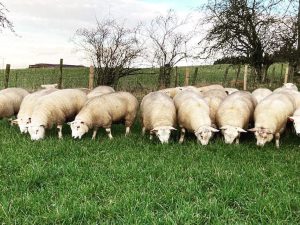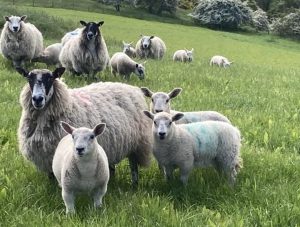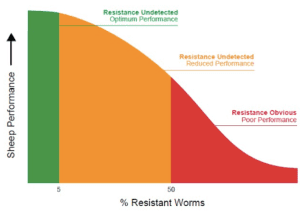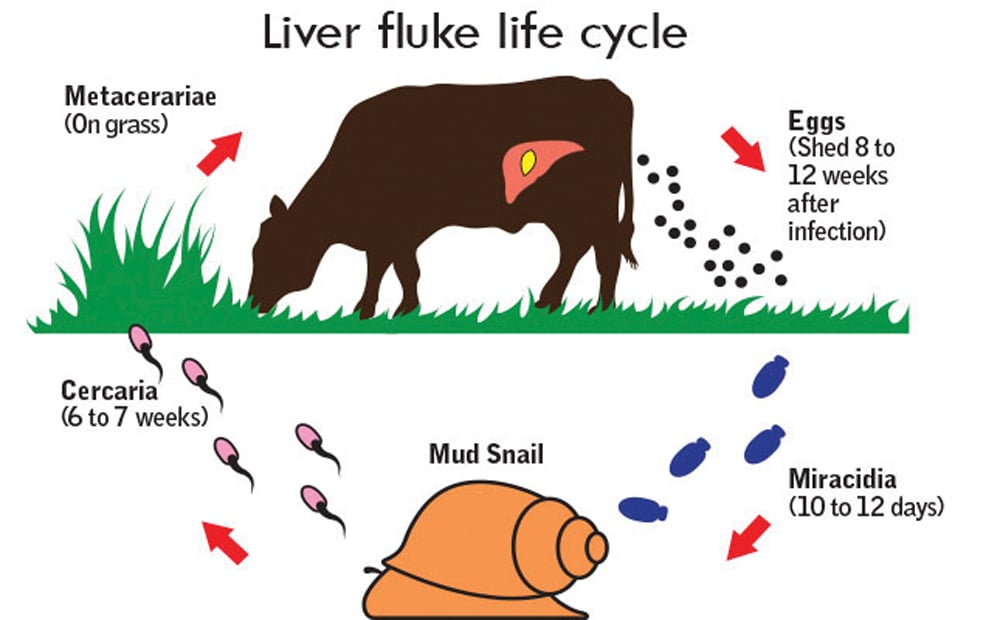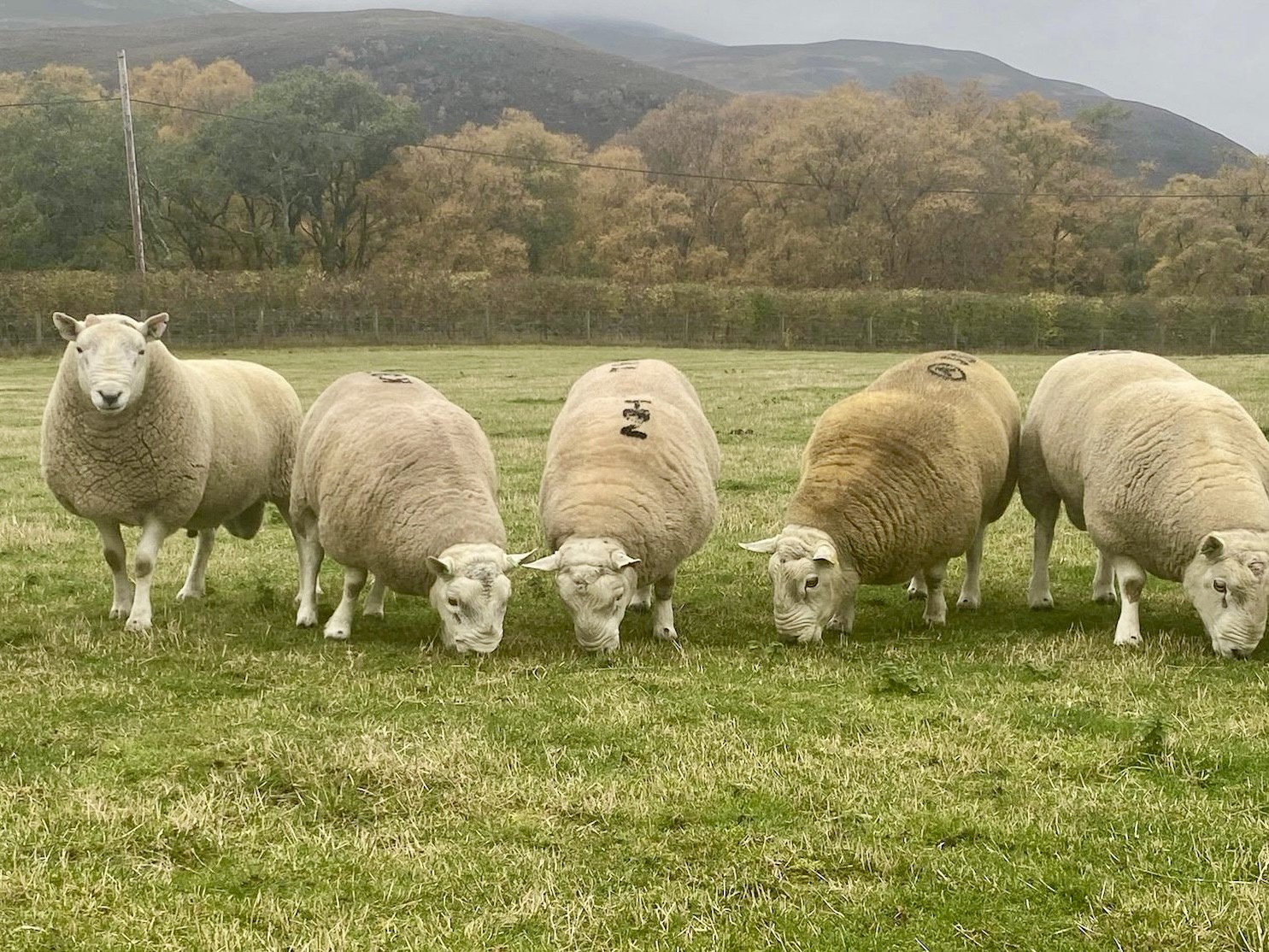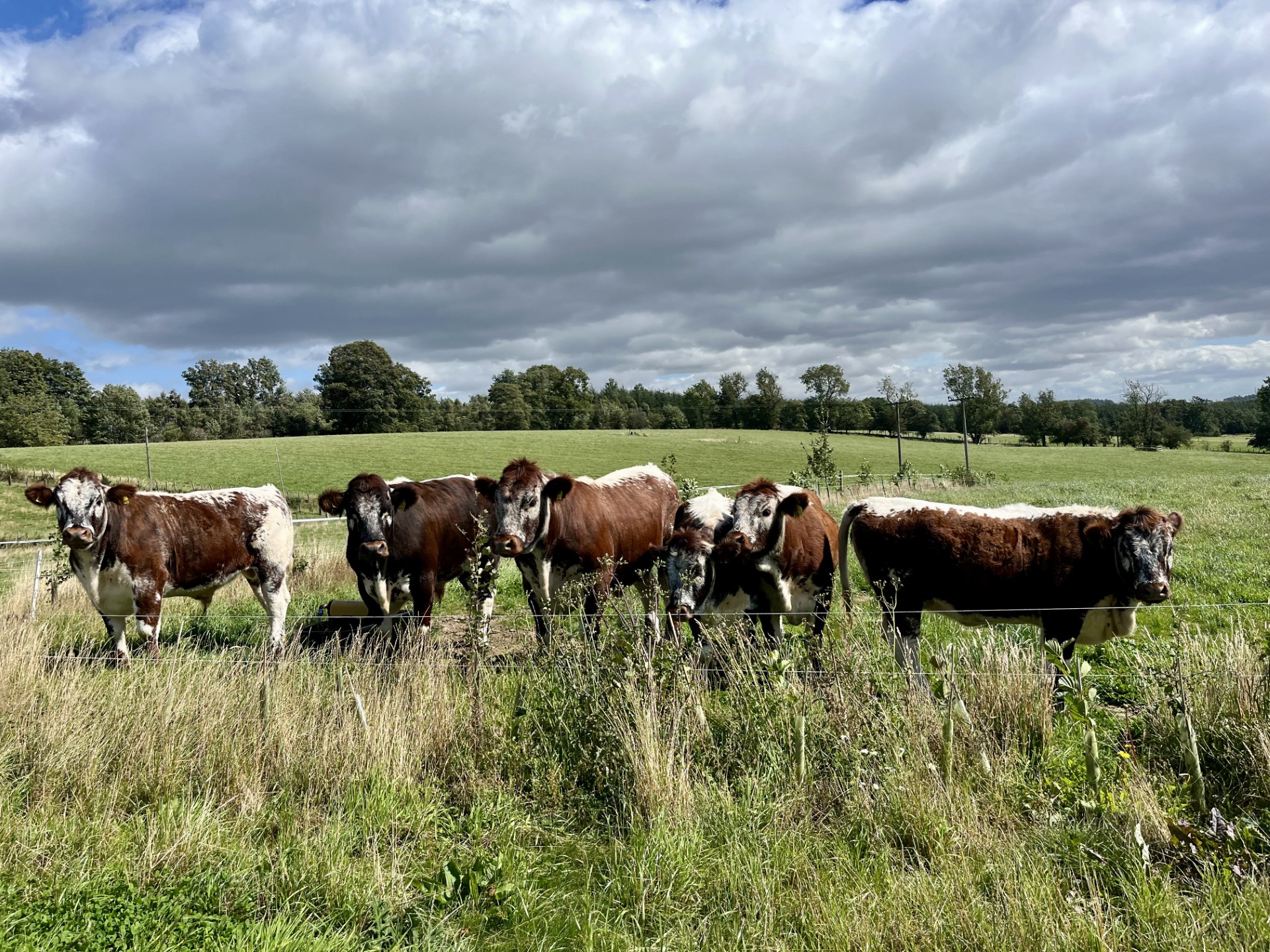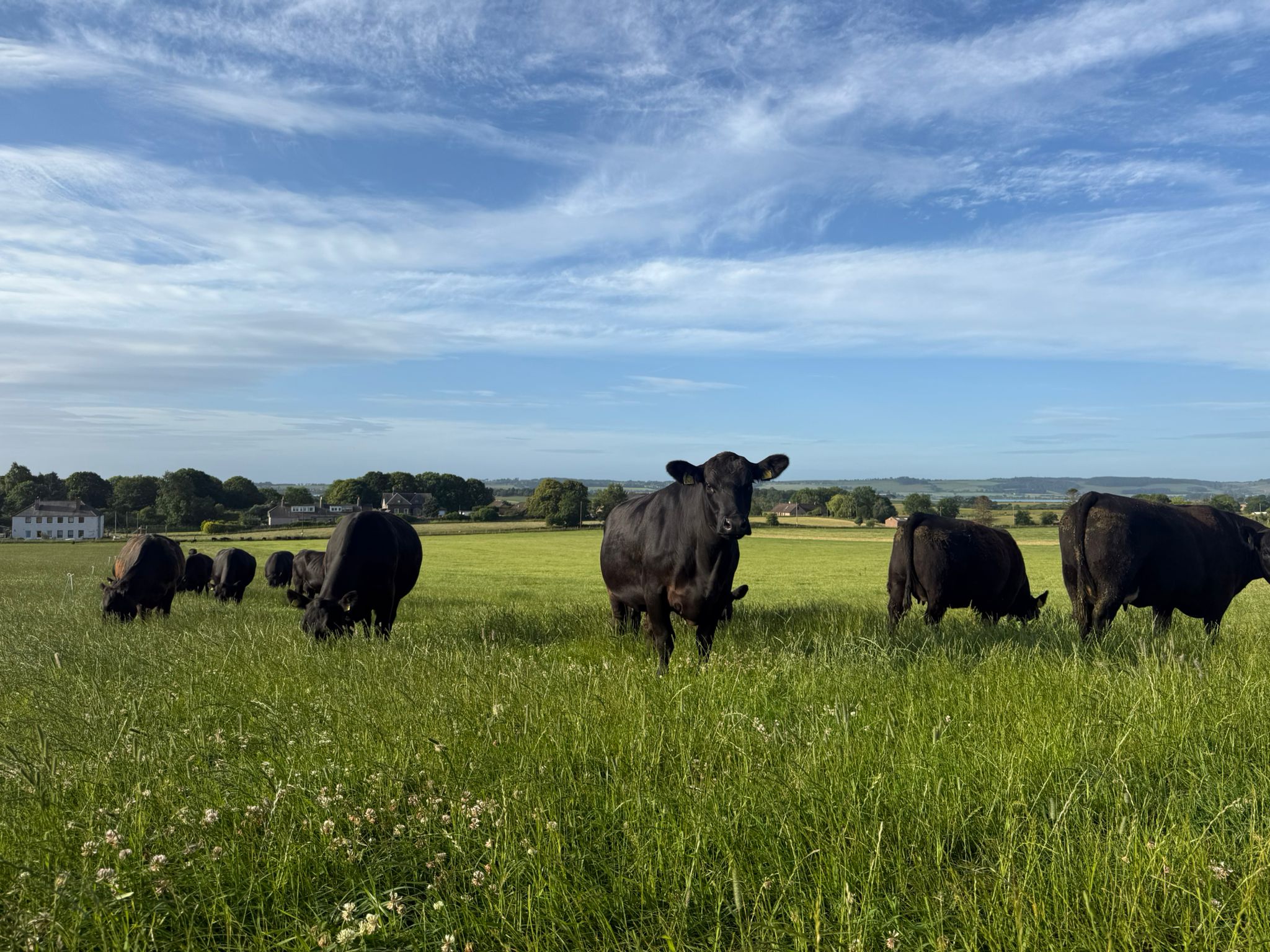Sustainable Worm Control in Lambs – A Toolbox from Thrums Vets
As the grazing season is upon us and lambs are starting to meet most of their nutritional needs from grass rather than the ewe’s milk, we thought it would be timely to share some advice to help farmers adopt the most sustainable approach to worming possible whilst not compromising on the growth rates of lambs. Taking a more sustainable approach is essential, as resistance to wormers is possibly the greatest (and most expensive!) health threat to sheep farming. This is by no means a comprehensive guide, but toolbox of approaches you can take to reduce the chances of you developing resistance in your worming practices.
Weigh don’t guess
Under-dosing is the most frequent mistake when it comes to encouraging resistance. Prior to treatment, weigh the heaviest animals in the group and treat according to this weight. If there is a wide range of weights within the group, then split the group into heavier and lighter animals and dose accordingly. Remember to check your weigh scales are accurate too!
Calibrate your dosing gun
Prior to dosing check your dosing gun is calibrated correctly – you may be surprised by how far out they can be! Deliver several doses into a calibration pot, or take the plunger out of a 10ml syringe, place your thumb over the end and deliver the dose into it and check it’s correct. Adjust the gun until it is delivering what it says it should be. After each, use clean guns with warm soapy water and check coils and tubes are not damaged.
Is treatment really required?
Don’t just assume that treatment is required based on what you’ve done previously, or even how animals are looking. Signs of worms are primarily poor weight gain and scouring, but things like cobalt deficiency or a nutritional flush of grass can cause similar signs. A bulk worm egg count from the group is cheap, and we can usually get same-day results. Ideally submit 8 fresh dungs from the group in question to show whether treatment is required or not. A word of caution with regards to nematodirus; WECs cannot be relied upon to predict disease of this worm. The SCOPS Nematodirus forecast should be used to time treatment for this disease, which in our part of the country we typically see in late May or early June. You can keep an eye on the forecast here: https://www.scops.org.uk/forecasts/nematodirus-forecast/
Check the treatment has worked
Resistance is inevitable, so it makes sense to check after every treatment that it has been effective. This is also important as it’s often not until as many as 50% of worms are carrying resistance genes that a problem becomes obvious, but we can pick it up through testing much sooner, and put measures in place. A simple “drench check” is the best starting point; post treatment (7 days for yellow wormer, 14 days white or clear) carry out a worm egg count as above. Further testing will likely be needed to clarify the problem if concern is raised. If resistance is identified it’s not the end of the world! Knowledge is power and we can work with what we know; resistance to one class of drugs in one species of worms doesn’t mean we can never use that drug again – we just need to be more strategic about its use.
Leave some animals untreated
Often not all animals require treatment and by leaving some untreated we preserve a “healthy” population of worms who have never been exposed to the drugs on farm and therefore dilute down any worms that do carry genes for resistance. Typically, 80% of worms on farm are carried in 20% of the sheep, so by treating only those that need it we avoid resistance but don’t compromise on production. The best way to do this is measure growth rates and only treat those doing less than a certain cut off – eg <250g/d. Alternatively, simply by leaving the best 20% untreated, this will achieve a similar outcome. Nematodirus again is the slight outlier here and if nematodirus is a risk for a group of animals, they should all be treated.
Don’t buy in trouble
The quickest way to develop resistance on farm is to buy it in, in worms in purchased sheep. Each farm should have a farm specific quarantine plan in place, so please contact us to discuss, but it is safest to assume every sheep you purchase is carrying worms that have resistance genes and to treat them accordingly using at least two of the newer classes of wormer.
Further Reading
For more information on sustainable worm control SCOPS (Sustainable Control Of Parasites in Sheep) is a fantastic resource and can be found at https://www.scops.org.uk/

